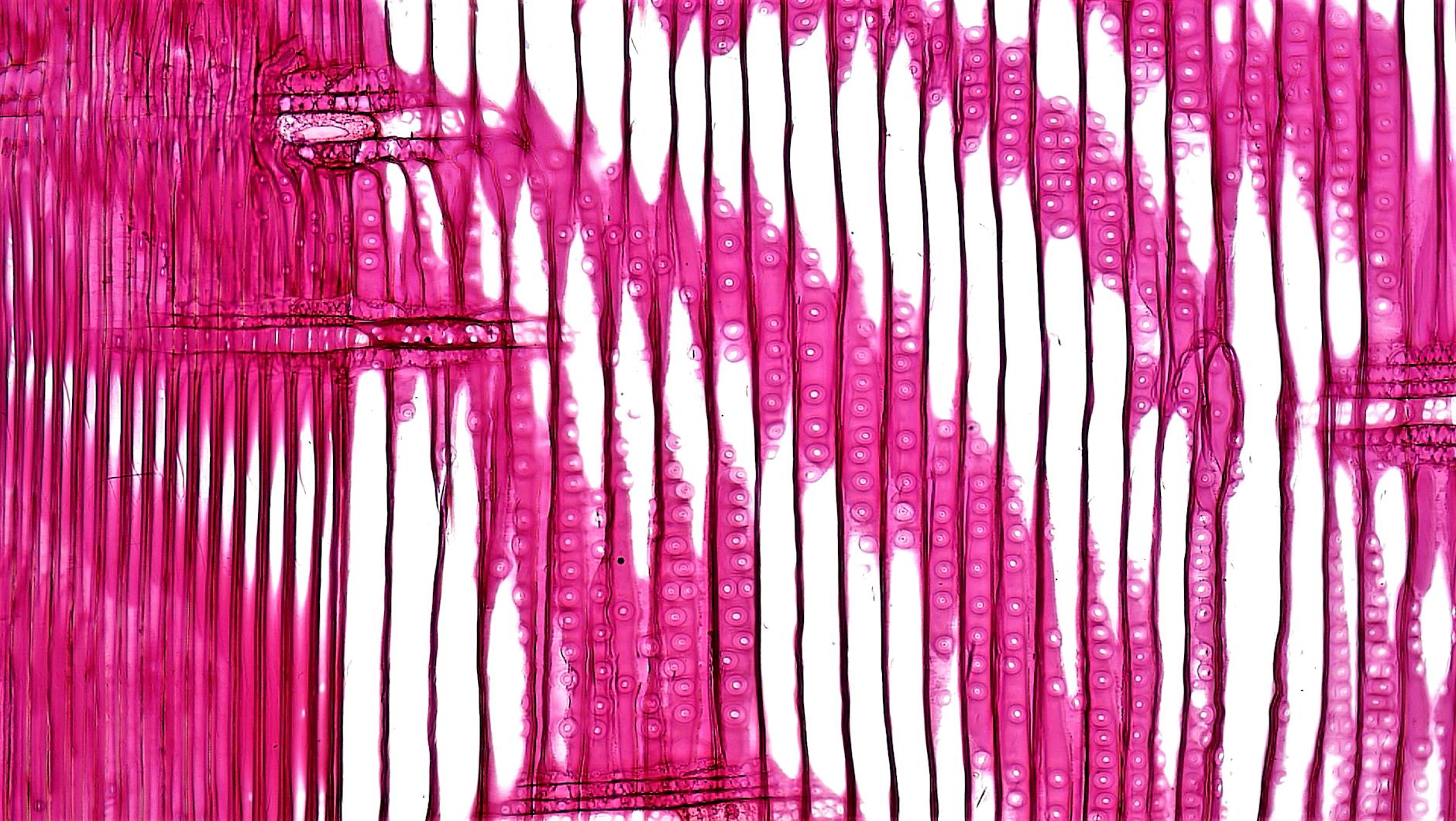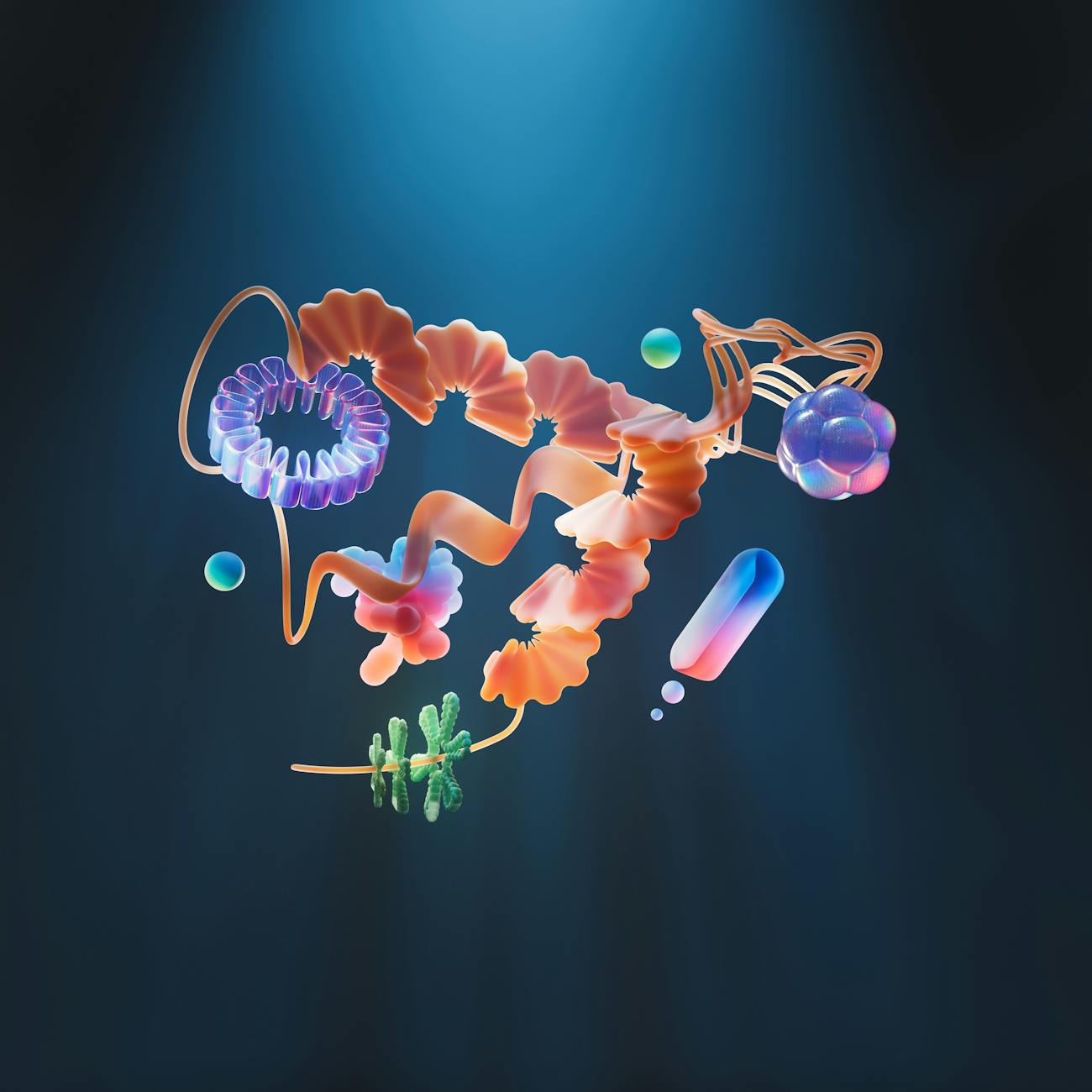-

Fritz Haber: Amoral Nobel Laureate with a Dark History
Every living organism depends on food for survival. In the intricate web of ecosystems, plants stand as the primary producers, while animals play the role of consumers. However, the way plants and animals derive their nourishment is vastly different. Plants draw essential nutrients from soil, water, and air to fuel their growth and development. Among…
-

When Science is Against Humanity: Exposing the Tuskegee Tragedy
In the 1930s, America struggled with a silent epidemic—syphilis, a bacterial sexually transmitted disease that afflicted nearly one in ten people in the US. The symptoms were harrowing: painful sores and rashes could plague the body for up to two years. In its advanced stage, syphilis wreaked havoc on vital organs like the heart and…
-

Tales of Reproduction: It’s Not Simple as You Think!
Back in school, the topic of reproduction in biology always left me baffled. No matter how much I tried, the concepts seemed to tangle up in my mind. But the day I finally unraveled the mystery, everything changed—I started acing biology effortlessly. So, how did I crack it? It wasn’t through rote learning or endless…
-

Rapid Loss of Marine Biodiversity: When Will We Pay Attention?
According to UN Climate Change, human-induced global warming has been taking a severe toll on the oceans for decades. Acting as Earth’s natural heat sink, the oceans absorb nearly 90% of the excess heat and energy generated by greenhouse gas emissions trapped in the atmosphere. This relentless absorption of heat is gradually warming the oceans,…
-

Stem Cell: The Unsung Hero of Our Body
In ninth grade, I first encountered the term “stem cell” during a biology class with our teacher. At the time, it seemed like just another cell. However, I later discovered that stem cells are far from ordinary; they are the very foundation of our existence. Stem cell possess the remarkable ability to transform into various…
-

On the evolutionary origin of RNA and DNA
In the grand orchestra of life, proteins and nucleic acids stand as the most pivotal players. These two biomolecules not only sustain the intricate workings of living organisms but are also believed to have composed the first whispers of life itself. From the simplest unicellular beings to the most complex multicellular creatures, countless biochemical reactions…
-

Why is there radiation coming from the outer space?
Recently, a headline caught the public’s eye: “Radio signals coming from alien worlds, scientists worried.” While intriguing, the headline was quite misleading. The truth is, radio signals from space are not unusual—they’re a regular occurrence. There’s no reason to be alarmed. What’s genuinely fascinating, however, is understanding the cosmic processes that create these electromagnetic signals.…
-

Jocelyn Bell: The Woman Behind the Pulsar Discovery
It was 1967. The University of Cambridge, a beacon of knowledge in England, became the stage for a groundbreaking exploration into the origins of the universe. Scientists were determined to trace the faint whispers of the first stars born in the cosmos. To achieve this, a series of radio telescopes was meticulously arranged across the…
-

Karl Jansky: The Father of Radio Astronomy
In the early days of telecommunication, static noise often disrupted telephone conversations. Even today, walkie-talkies echo with the same familiar hiss. This disturbance, formally known as “signal noise” or “white noise,” doesn’t belong to the original signal. Instead, it creeps in from external sources, mixing with the main signal and distorting the sound. The result?…
